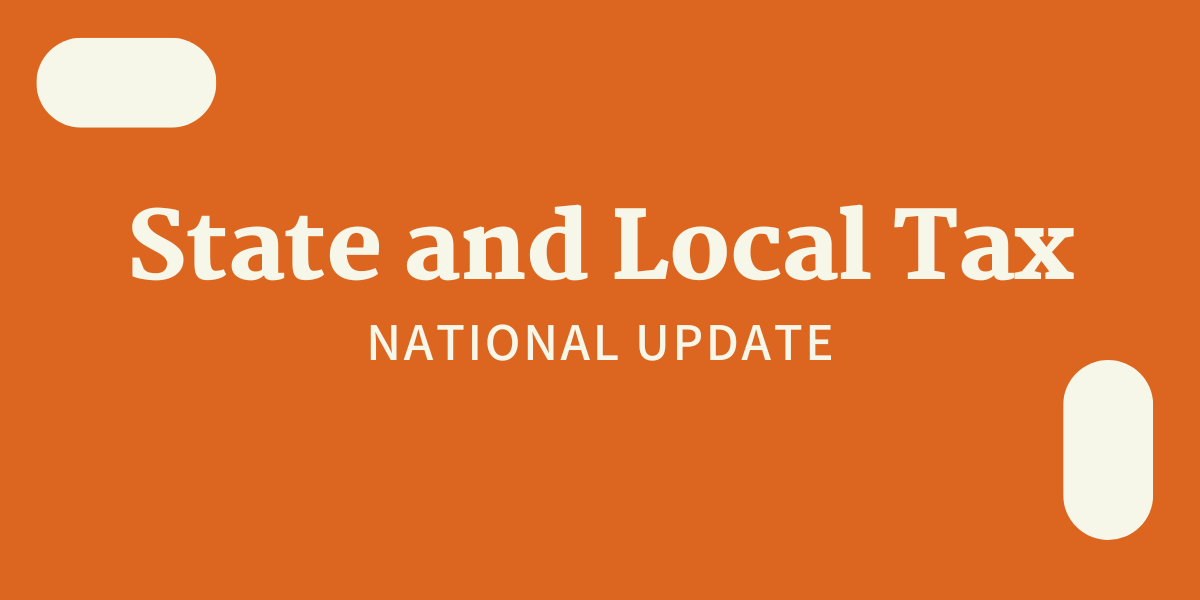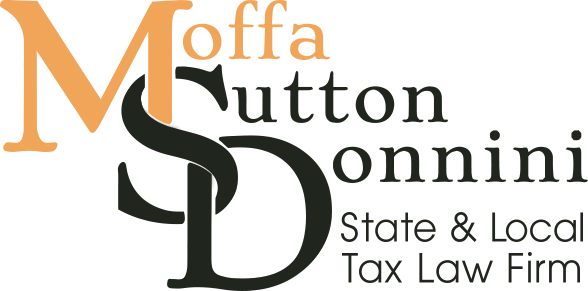NEWS & INSIGHTS


As the United States continues to adjust to post-pandemic realities, the broader fiscal and tax landscape facing businesses has entered a period of renewed volatility. While headline economic indicators have shown resilience, the underlying tax structures at both state and federal levels are shifting rapidly in ways that significantly impact business planning and compliance. From rising effective tax burdens to evolving conformity with federal law, the 2025 environment is defined by complexity, uncertainty, and a notable acceleration in policy reform.
This article provides an in-depth exploration of recent trends in business taxation, changes in effective rates, state-level legislative responses, and the broader economic forces at play. The goal is to offer a clear, comprehensive picture of how businesses are being taxed, how those tax dollars are used, and what developments lie ahead as lawmakers confront the expiration of major federal tax provisions.
Business Taxes Continue to Rise—But Not Evenly
Recent fiscal data indicates that the total amount of state and local taxes paid by businesses increased by approximately 3.7% between fiscal year 2022 and fiscal year 2023. However, this topline figure masks significant variation across jurisdictions and tax types. While some states saw robust growth in revenue collections due to strong performance in sectors like energy, others experienced notable declines.
In particular, business tax collections fell in certain states due to temporary extensions or delays in tax payment deadlines, especially related to income taxes. At the same time, the decline in taxes paid by pass-through entities such as partnerships and S corporations was a key counterweight to broader growth. This uneven landscape reflects not just economic fundamentals but also deliberate policy decisions at the state level.
Many States Have Changed Their Tax Rates—Mostly Downward
During the most recent fiscal cycle, many states undertook legislative changes to their individual and corporate income tax structures. A significant number of states lowered their individual income tax rates, with some moving from tiered, progressive structures to a flat-rate approach. Others preserved a progressive system but reduced marginal rates. A small minority moved in the opposite direction, adopting a more graduated structure and raising top marginal rates.
Similar trends emerged in the area of corporate income taxation. Several states lowered their corporate tax rates, aiming to enhance competitiveness, attract investment, or simplify administration. These reductions were often part of broader tax packages intended to stimulate economic growth or return excess revenues to taxpayers following budget surpluses in prior years.
Wide Variation in Business Tax Burden Across the States
When measuring the overall business tax burden relative to state economic output, the data shows substantial variation. The total effective business tax rate—calculated as the ratio of state and local business taxes to the private-sector gross state product—averaged 4.7% in the most recent year. However, that average conceals the extremes.
In some states, particularly in the Midwest and Southeast, the effective rate is as low as 3.4%, reflecting low property taxes, streamlined corporate tax structures, or a greater reliance on sales and use taxes that exempt business inputs. In contrast, other states report rates in excess of 8% or even 12%, often due to reliance on severance taxes, gross receipts taxes, or legacy tax systems with limited business exemptions.
It is worth noting that these effective rate calculations do not capture the broader administrative burden of compliance or the economic incidence of the tax—meaning who ultimately bears the cost. Businesses in high-burden states not only pay more as a share of output but often face more complex and costly compliance environments as well.
State Business Tax Revenues Are Outpacing Economic Growth
Looking at long-term trends, state and local business tax revenues have grown at a faster pace than overall GDP. This divergence has become more pronounced in recent years, particularly as income tax revenues have surged due to changes in federal law and income concentration. The result is that businesses are paying an increasing share of state budgets, even in periods when overall economic growth remains modest.
This trend raises important questions about tax neutrality, economic sustainability, and the extent to which state tax systems are evolving to reflect changes in the modern economy. While some of the growth in tax collections may be justified by underlying economic performance, other components appear to be the result of increased reliance on business taxpayers to fund public services.
Businesses Receive Less in Public Benefits Than They Contribute in Taxes
One of the most consequential insights to emerge from recent fiscal modeling involves the balance between what businesses pay in taxes and what they receive in terms of direct government benefits. When accounting for expenditures such as infrastructure, public safety, and a portion of education spending, businesses consistently contribute more than they receive.
The precise ratio depends on how education benefits are apportioned. If businesses are assumed to receive none of the benefit from public education, they pay nearly three dollars in taxes for every one dollar of services. Even if businesses are credited with 50% of the education benefit—based on the argument that education contributes to workforce quality and economic productivity—the ratio remains unbalanced, with businesses paying roughly $1.23 for every dollar of services received.
This persistent imbalance has implications for economic development strategies and may influence future debates about how to fairly apportion tax responsibilities between businesses and households.
New Metrics Reveal Hidden Tax Burdens
Recent analysis has also introduced two new metrics designed to quantify “excess tax” burdens faced by businesses—specifically related to property and sales taxes.
First, businesses would pay significantly less in property taxes if they were assessed at the same effective rate as residential property owners. Adjusted for valuation and rate differences, the reduction would be approximately 36%.
Second, a significant portion of the sales taxes paid by businesses occurs on intermediate goods and services used in production. This leads to tax pyramiding, where the same economic value is taxed multiple times as it moves through the supply chain. Nearly half of all business sales tax liability falls into this category, suggesting that sales tax systems are not as neutral or efficient as they appear.
Federal Tax Policy Faces a Critical Juncture in 2025
At the federal level, attention is increasingly focused on the scheduled expiration of numerous provisions from the 2017 tax reform law. If allowed to sunset at the end of 2025, the expiration would represent a significant increase in the effective tax burden for both individuals and businesses.
Policymakers face difficult choices: extend the provisions at a cost of more than $4 trillion over ten years, revise them selectively, or allow them to lapse. The political environment will heavily influence these decisions, particularly in the context of deficit projections, inflationary pressure, and competing campaign promises.
In parallel, international tax developments continue to influence domestic planning. The implementation of global minimum tax regimes, stalled negotiations over digital services taxes, and shifting trade policy all contribute to a rapidly changing international framework with real implications for state tax bases.
Evolving State Conformity with Federal Law
States continue to respond to federal tax changes in varied ways. Some automatically conform to the Internal Revenue Code as it evolves, while others tie their tax codes to a fixed version of federal law. Still others selectively adopt certain provisions while rejecting others.
Recent years have seen particular attention to three federal provisions:
-
Interest Deduction Limitations (IRC §163(j)): Most states now conform to the post-reform limits.
-
Capitalization of Research and Experimentation Costs (IRC §174): Many states have chosen to decouple from the federal requirement to capitalize and amortize these expenses.
-
Bonus Depreciation (IRC §168(k)): Historically, many states have opted out of bonus depreciation, creating significant timing differences for taxpayers.
These conformity decisions have material effects on state tax liabilities and often require additional compliance work to track book-to-tax differences.
Pass-Through Entity Taxes Continue to Expand
In an effort to mitigate the impact of the federal cap on state and local tax deductions for individuals, many states have adopted elective pass-through entity (PTE) taxes. These regimes allow owners of S corporations and partnerships to shift the tax burden to the entity level—potentially preserving the deductibility of state taxes on the federal return.
Some states have made these elections permanent fixtures of their tax systems. Others have adopted temporary versions with automatic expiration dates, often tied to the duration of the federal cap itself. The complexity and variability of these regimes continue to evolve, requiring businesses to carefully monitor developments in each jurisdiction where they operate.
Global Trade Disruptions Are Affecting State Tax Outcomes
Changes in international trade policy—particularly in response to tariffs and geopolitical tensions—are having downstream effects on state tax structures. Companies are reevaluating their supply chains, shifting manufacturing footprints, and revising intercompany pricing strategies. These decisions, in turn, alter apportionment profiles, taxable income sourcing, and the availability of tax incentives.
States are also responding. Some have initiated clawbacks of previously awarded incentives based on job creation or investment targets, while others are adjusting their tax policies to remain competitive amid global realignments.
Key Fiscal Deadlines Will Shape the Road Ahead
Several major policy deadlines loom in the second half of 2025 and early 2026. Among the most consequential are:
-
The expiration of key federal tax provisions on December 31, 2025
-
The reconciliation deadline for the federal budget on September 30, 2025
-
A possible debt limit reset on January 1, 2026
Each of these events carries the potential to reshape the fiscal and regulatory environment in meaningful ways.
Conclusion: Preparing for a New Tax Era
The 2025 tax landscape is marked by increasing complexity, growing tax burdens on the business sector, and heightened uncertainty around both federal and state tax policy. Businesses must remain vigilant, informed, and proactive in evaluating how these changes affect their operations, compliance strategies, and long-term planning.
As lawmakers navigate fiscal pressures and competing economic priorities, the shape of taxation in the years to come will be defined not just by statutory changes, but by how effectively businesses can adapt to—and influence—the evolving landscape.
© 2025 Jeanette Moffa. All Rights Reserved.
Share
Additional Articles by the SALTy Orange at Moffa Tax Law:
NEWS & INSIGHTS Inside the FTA’s May 2025 Committee Report: What State Tax Officials Are Watching Inside the FTA’s May…
NEWS & INSIGHTS State Conformity with the BBA Partnership Audit Rules: Where Are We in 2025? State Conformity with the…
How Florida’s Sales Tax Auditors Target Convenience Stores (and What You Can Do About It)”
NEWS & INSIGHTS How Florida’s Sales Tax Auditors Target Convenience Stores (and What You Can Do About It) Florida Department…

Jeanette Moffa, Esq.
(954) 800-4138
JeanetteMoffa@MoffaTaxLaw.com
Jeanette Moffa is a Partner in the Fort Lauderdale office of Moffa, Sutton, & Donnini. She focuses her practice in Florida state and local tax. Jeanette provides SALT planning and consulting as part of her practice, addressing issues such as nexus and taxability, including exemptions, inclusions, and exclusions of transactions from the tax base. In addition, she handles tax controversy, working with state and local agencies in resolution of assessment and refund cases. She also litigates state and local tax and administrative law issues.


